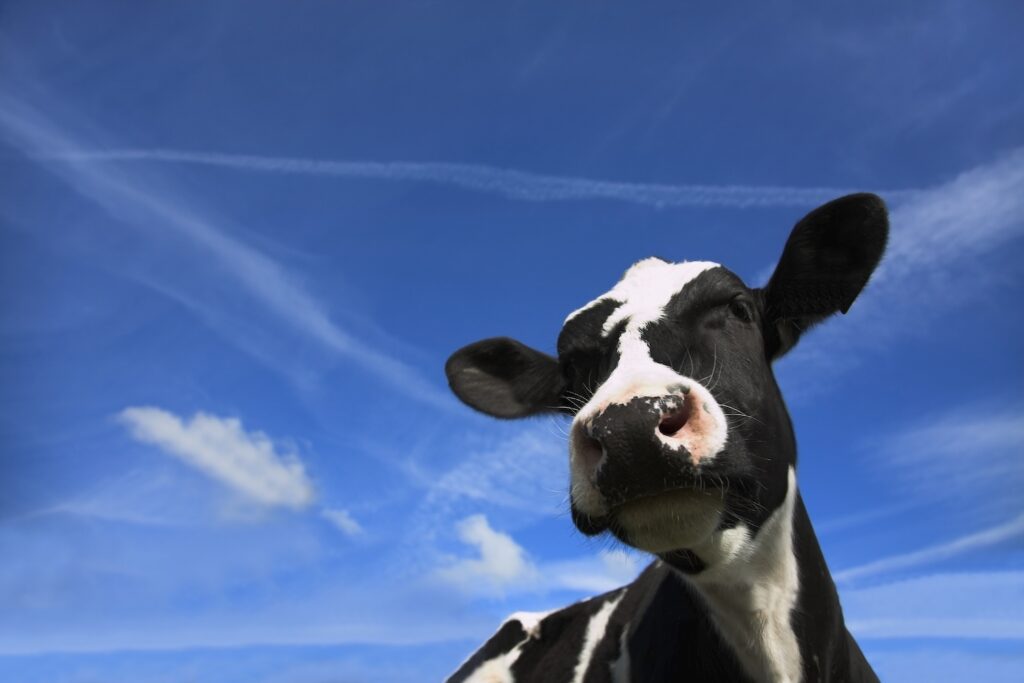Spotlight on: Milk fever
22nd June 2021
Milk fever is among the most common metabolic disorders of dairy cows (1). Farmers Guide spoke to Norbrook about the impacts of milk fever and supportive therapies – including its brand-new milk fever range.
The production of colostrum and onset of lactation creates a significant demand for calcium around calving. When the transition cow cannot mobilise sufficient reserves quickly enough, she can develop clinical or subclinical milk fever. The majority of cases occur 24–72 hours after calving.
Clinical milk fever is characterised by general weakness and a depression of consciousness (downer cow)(2). If left untreated, the affected cow has an increased risk of other clinical disease around the calving period, which might include difficulty during calving, retained placenta, left displaced abomasum, mastitis, ketosis and impaired reproductive performance – hypocalcaemia has also been linked to impaired immune function (3). Cows that are too thin or fat, older cows (third lactation plus) or that have a history of milk fever are more at risk.
Supportive therapies containing readily available forms of calcium can be given around the time of calving to supplement the transition cow. Vitamin D can help improve calcium absorption from the intestine (4) and many cows will also benefit from additional phosphorus to reduce the risk of prolonged recovery from milk fever (5). Effective management of the calcium requirements of dairy cattle at transition is important for their welfare and productivity (6).
To aid in the supportive therapies against milk fever, Norbrook has launched a new milk fever range consisting of a new calcium bolus, new calcium liquid and pre-existing calciject No.5. The Calcitrace D3 bolus contains calcium, magnesium and phosphorus to reduce the risk of milk fever (clinical and subclinical) in cattle and can also be used as additional support following Calciject 40 CM infusion.
Each bolus contains 45g of calcium and 40,000 iu vitamin D3 and has a combination of fast release calcium formate and calcium acetate and slow-release calcium sulphate for a consistent calcium supply. One bolus is to be administered at the time of calving and if necessary, 12 hours later. Calcitrace P liquid is a 500ml highly palatable liquid dietic feed supplement containing 59g calcium and 45g phosphorus. It can be added to feed or administered directly as a drink.
All products are available via your vet or animal health advisor.
References:
- B M Ametaj. Metabolic Disorders of Dairy Cattle. Veterinary Science.
- Fikadu, Wubishet & Tegegne, Dechassa & Abdela, Nejash & Ahmed, Wahid. (2016). Milk Fever and its Economic Consequences in Dairy Cows: A Review. Global Veterinaria. 16. 441-452.
- Milk Fever Focus. https://ahdb.org.uk/knowledge-library/milk-fever-focus
- Ibid
- Braun U, Blatter M, Büchi R, Hässig M (2012). Treatment of cows with milk fever using intravenous and oral calcium and phosphorus.Schweiz Arch Tierheilkd. Sep, 154(9):381-8.
- Mirja R.Wilkens, Corwin D. Nelson, Laura L. Hernandez, Jessica A.A.McArt (2020). Symposium review:Transition cow calcium homeostasis—Health effects of hypocalcemia and strategies for prevention. Journal of Dairy Science 103. 3. 2909-2927.

